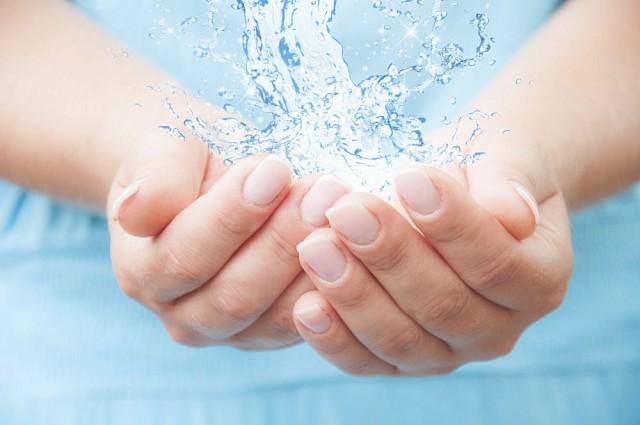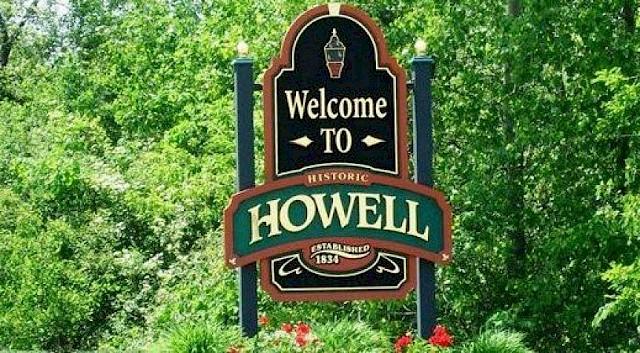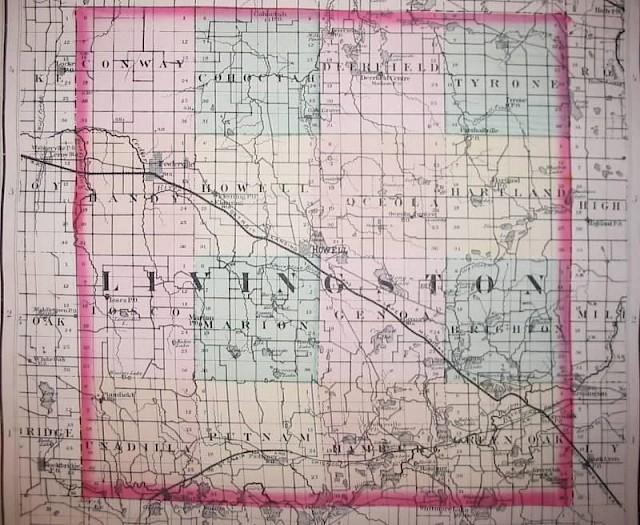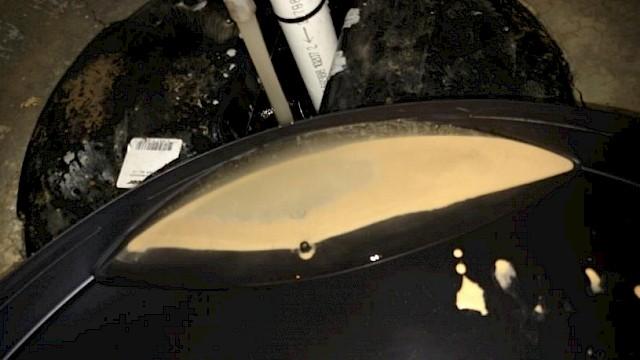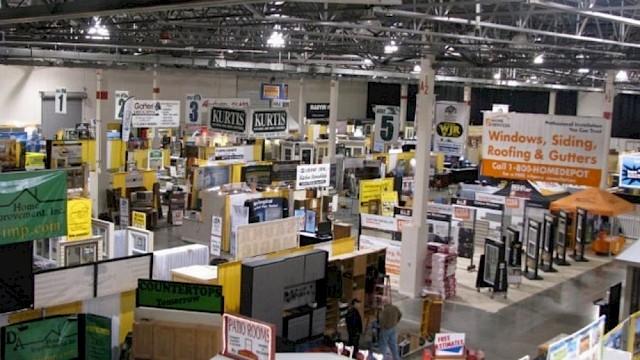Water quality and water chemistry from private wells vary greatly from one region to the next and from one well to another even when they may only be sixty feet apart. Some of the many challenges, as water treatment professionals, we face when treating well water supplies are high iron content, ferric iron, iron bacteria, […]
Private Water Wells and Your Health
In light of the problem recently with the city of Toledo’s water supply, I thought it might be prudent to address some potential problems that can occur with private wells. Recently we had a customer in Brighton in the process of selling their home. With the potential sale, a home inspection was done and water […]
Angst, Arrhythmia and Troubled Waters!
In a past blog post (Who, What, When, Where, Why and How) we talked about how it takes the right investigator to properly diagnose water problems, find the best solutions to treat the water, provide the customer the quality of water they are expecting and have a permanent solution to their water problem. We have […]
Water and Our Health, What’s In Our Water?
An Analysis of City Water and Community Water Supplies In this series of Blogs we will be discussing water quality for city and community water supplies in southeast Michigan, particularly in Livingston, Washtenaw, Oakland and Genesee counties. From city water to community water supplies all have their own water quality issues, concerns and methods to […]
Water and Our Health, What’s In Our Water – Howell
An Analysis of City Water and Community Water Supplies In this continuing series of Blogs we are discussing water, water quality and various treatment methods that city and community water supplies use to treat their water before it is delivered to your home. Today we are looking at the city of Howell, MI and the […]
You Have a New Home on Well Water. Now What?
Livingston County’s City Water Woes
In recent months I have had several customers contacting us here at Advanced Water Treatment in regard to skin issues and varying degrees of eczema and rashes. The one thing that all of these customers have in common is that they had recently moved from a home with well water into a home with city […]
Water Heater or Water Softener Making Noises: What It Means
At Advanced Water Treatment, we’ve helped Michigan homeowners solve their water quality issues for over 40 years. In that time, we’ve found that proper water treatment is often the key to preventing costly home repairs. In this article, we’ll share a real story from one of our Hartland customers that shows how untreated hard water […]
WQA & NSF…Who Are They & What Exactly Do They Stand For?
Recently, at a trade show, I was talking with a competitor of ours regarding their equipment versus our equipment and some of the similarities and differences within. After delving into the depths of the conversation weeks later, I realized that there are many, many differences in the equipment. The differences are not necessarily from a […]
The Home Show Season Is Upon Us!
Well, the home show season is upon us. The Novi Home Improvement Show a couple of weekends ago was quite the reminder as to exactly how much work goes into these shows from a vendor side of things. The entire staff of Advanced Water Treatment views these shows as not only an opportunity to reconnect […]

